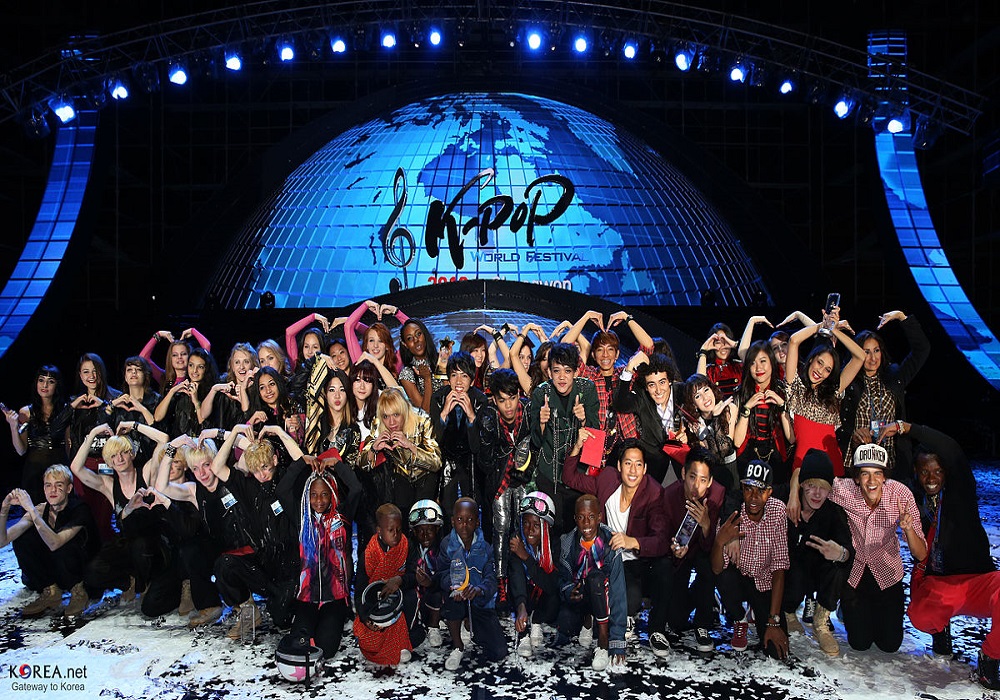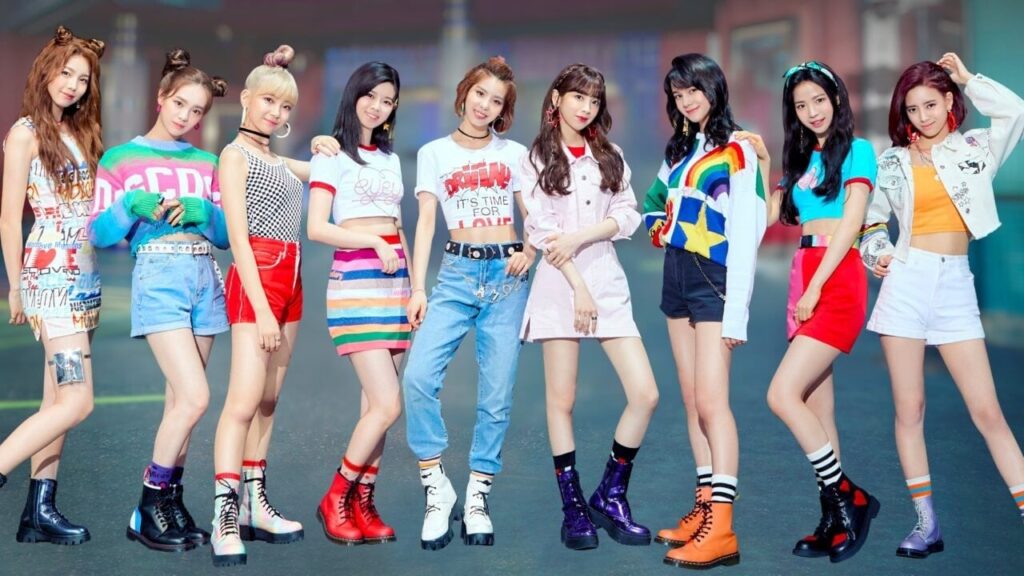Inside K-Pop’s History and Signature Sound

K-pop idol groups are a global phenomenon, with millions of diehard fans all over the world. In the last two decades, the K-pop industry has become a cultural sensation, continuing to grow in popularity as groups like BTS and Blackpink break barriers to achieve worldwide success. Here is Inside K-Pop’s History and Signature Sound.
What Is K-Pop?Korean popular music, or K-pop, is a popular genre of music originating from South Korea. K-pop songs contain many musical influences, such as hip-hop, electronic dance, jazz, and rock, performed by groups featuring anywhere from four to 21 members. Aspiring K-pop stars undergo intense training together, learning dance choreography and other skills until they are ready to perform live for the first time. K-pop is one part of the “Korean Wave”—also called Hallyu, a term referring to the popularity of Korean pop culture and Korean TV shows, music, and movies across Asia and other parts of the world. A Brief History of Modern K-Pop
The origins of modern K-pop date back to 1987, a year of rampant political change that led to South Korea’s democratization. In response to the increase of Western cultural influences during the late ’80s and early ’90s, musical acts began merging elements of rap, rock, and jazz with the contemporary sounds of Korean music. Here’s a look at the evolution of the music genre: Seo Taiji and the Boys usher in modern K-pop.Modern K-pop emerged in the ’90s when Seo Taiji and the Boys released their breakout track, “I Know,” which topped the Korean music charts for 17 weeks. The band’s sound blended American New Jack Swing with contemporary pop, a sound that eclipsed the slower ballads that were popular in the country at the time. The group cultivated a large following and inspired a slew of bands with a similar sound, giving birth to Idol Culture, an umbrella term for the fandom that follows popular musical acts (also known as Idols) in Japan and Korea. Late ’90s K-pop boom.After the success of Seo Taiji and the Boys, entertainment agencies began recruiting more young performers for intensive idol training to fill the demand for new talent. This training model was an offshoot of a similar business model used in J-pop, or Japanese pop, leading to the creation of bands like H.O.T., Baby Vox, Fin. K.L, g.o.d., and Sechs Kies. K-pop goes international.In the 2000s, K-pop continued to grow with bands like Big Bang, who debuted in 2006, receiving waves of critical acclaim. Over the last decade, K-pop became more popular with mainstream Western audiences, largely due to the massive success of BTS (short for Bangtan Boys), a popular boy band that formed in 2010. In 2017, the group was the first in the genre to perform at the American Music Awards, an achievement that introduced them to millions of Western viewers. The group has continued to chart internationally, breaking records, selling out tours, and releasing their first English-language single, “Dynamite,” which topped the Billboard charts upon its release in 2020. For the latest KPOP products, click here. What Are the Characteristics of K-Pop?
Large groups: K-pop groups usually have between four and seven idols per act, but some groups skew much larger, like NCT (short for Neo Culture Technology), which has a whopping 23 members. K-pop groups typically have a higher number of members to ensure that K-pop fans have a variety of idols to choose from. Hybrid sound: Modern K-pop music often blends traditional Korean musical elements with Western influences like jazz, soul, hip hop, and funk. Unique style: K-pop idols are known for their colorful and stylish clothing, with styles ranging from street clothing to elegant wear and sleek black-and-white ensembles to themed outfits. Many K-pop groups are fashion influencers, driving some of the current styles and trends for younger generations. Systematic training: Entertainment agencies select aspiring pop idols for intensive live-in training programs. They receive media training, learn choreography, work with vocal coaches, and practice live performing, which is sometimes recorded and uploaded to tease new talent. The agencies observe the aspiring singers and then place them into groups based on their unique personalities, voices, and performance skills. The trainees can be in the program for years, honing their skills as they wait to be placed in a group. Extensive choreography: Finally dance routines are a significant part of every K-pop group, which thousands of fans learn and upload online to pay tribute to their idols. Choreographers work with the groups to create a unique routine that complements each song. Inside K-Pop’s History and Signature Sound What Does K-Pop Sound Like?Lastly, K-pop is a musical genre that utilizes many different sounds and influences. The music features catchy beats, hooks, rapping, and instrumentals for dance breaks. The lyrics are often in Korean, though groups like Blackpink and BTS have a slew of songs that feature English and Korean lyrics. Different groups release various types of music. Some are known for their upbeat, bubblegum melodies, while others are known for their jazzy ballads or heavy hip-hop influences. Some groups will have a hybrid of many types of music at once. And others will change their sound with every album. Do you like Inside K-Pop’s History and Signature Sound? Comment below. |






 While K-pop is sometimes used as an umbrella term for all popular music from South Korea, there are more specific characteristics to true K-pop music, such as:
While K-pop is sometimes used as an umbrella term for all popular music from South Korea, there are more specific characteristics to true K-pop music, such as:

























